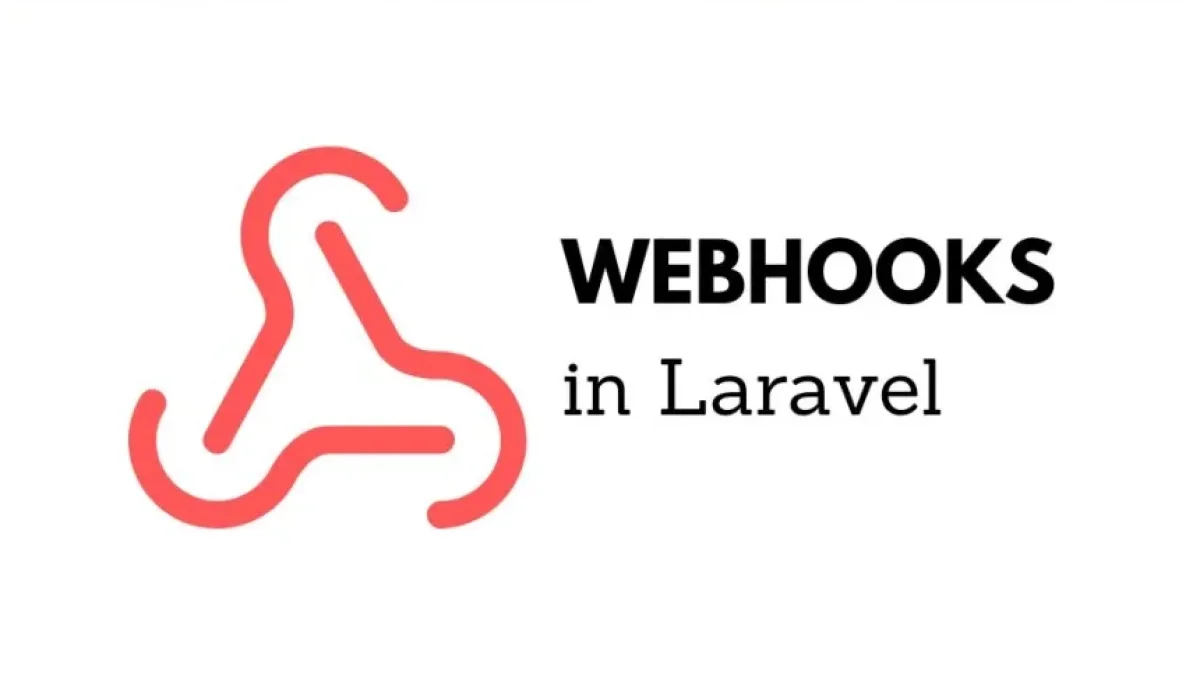ORM Queries: How to Handle Three Tables Effectively


In the world of web development, databases are a fundamental part of storing and managing information. When working with multiple tables, it is crucial to know how to perform queries efficiently. In this article, we will explore how to handle ORM queries when accessing three different tables, thus ensuring optimal data management.
What is ORM?
The term ORM (Object-Relational Mapping) refers to a technique that allows interaction with databases using programming objects, which simplifies the process of querying and manipulating data. Through ORM, developers can work with more user-friendly structures and avoid the complexity of SQL statements.
The Importance of Managing Three Tables
Working with three tables is a common scenario in application development. A typical situation might involve a table of users, another for orders, and a third for products. When needing to combine information from these three tables, it is essential to know how to structure the queries to obtain the desired results without compromising the database's performance.
Example Table Structure
To illustrate the management of three tables, let’s consider the following:
Read also
- Users: Where the information of customers is stored.
- Orders: Contains records of purchases made by users.
- Products: Holds information about each product available in the store.
Relationship Between the Tables
In our example, each table is connected as follows:
- The Users table is related to the Orders table through a foreign key.
- The Orders table connects to the Products table via another foreign key.
This relationship allows for effective management of queries involving the three tables.
How to Perform Joint Queries
To perform queries involving multiple tables in ORM, methods are used to structure the relationship between them. Below are some common approaches:
Read also
1. Use Join Functions
Most ORMs provide functions to combine data from different tables. In the case of our example, a query could be used to obtain all orders from a specific user, along with the details of each product.
2. Load Related Data
Another technique is to use related data loading, where linked data between tables is loaded at once, without having to execute multiple queries. This reduces the number of trips to the database and improves efficiency.
3. Filter Results
It is advisable to filter the results to obtain only the information that is needed. This not only optimizes queries but also makes data manipulation and visualization easier.
Conclusions on ORM Queries
Handling three tables in an ORM environment may seem complicated, but with the right tools and methods, it becomes a much more manageable task. Using a structured and optimized approach ensures that the performance and efficiency of the database are not compromised, providing a better experience for both the developer and the end user.
If you want to learn more about web development and other related topics, I invite you to explore more news of this kind on my blog.



















